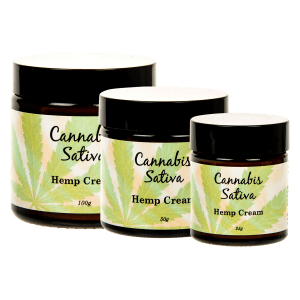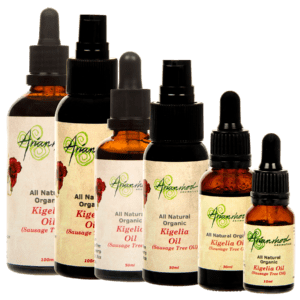Bilberry (vaccinium myrtillus)
Multi nutrient-rich bilberry is valuable in maintaining skin health, in cardiovascular fitness, cognitive strength, healthy and disease-free eyes, unobstructed blood flow and better functioning of the overall body. For many decades, the antimicrobial, antioxidant and anti-inflammatory properties of bilberry have been prized for their effectiveness in a range of disorders including diarrhea, diabetes, cancer, liver and kidney damage.
Bilberry is a small edible dark blueberry of a low-growing shrub in the genus Vaccinium. Bilberry is scientifically referred as Vaccinium myrtillus. It is a close relative of blueberry, blackberry, huckleberry, whortleberry, and cranberry. These delicious berries are native to Northern Europe and have been valued for their therapeutic effectiveness within the conventional system of European medicine for many centuries.
Bilberry is a spreading, low-growing, deciduous shrub with slender branches having tiny pinkish blossoms and bright green, oval and pointed leaves. The plant yields dark purple berries harvested during summer time and can be used fresh or in dried form. Today, they are cultivated in Northern Asia, Europe, and North America and are becoming quite popular as a delicious ingredient in preserves, pies, and jams as well as for their ability to treat a range of health conditions.
Just like its cousins, huckleberry and blueberry, bilberry is the richest natural sources of anthocyanin, which is an antioxidant that provides it the dark blue colour. Along with anthocyanin, it also contains other phenolic components such as quercetin, tannins, pectin, and catechins. It also contains alkaloids, carbonic acids, and a range of vital nutrients including vitamins A, 81, 82, C, E, and K. The mineral treasure present in it chromium, manganese, zinc, and iron.
For your eyes: We use bilberry because we only want to put the very best ingredients that nature provides anywhere near your precious eyes!
Showing the single result






